A new modular joint fighting force, fielded by the Netherlands, recently achieved the operational readiness status (ORS). The 5,000-strong expeditionary-capable unit, known as 11 (NL) Air Maneuver Brigade (AMB), was declared fully operational ten years after its army component (11 Airmobile Brigade) and eight years after its air force component (Tactical Helicopter Group) were formed. The brigade’s ORS was established during a full-size field training exercise (FTX) called ‘Gainful Sword’ in Poland.
Although 11 (NL) AMB was the main player in the FTX, it was not the only participant in ‘Gainful Sword’. A total of 7,000 troops from 12 nations took part, of which roughly 5,500 were actually deployed in Poland. The FTX, led by the German/Netherlands Corps High Readiness Force (Land) Headquarters (HRF(L)HQ), was set up to demonstrate, assess and evaluate the ORS of 11 (NL) AMB and to provide proof of its capabilities as an Initial Entry Force for the German/Netherlands HRF(L)HQ. The last is earmarked to be the Land Component Command (LCC) for the new NATO Response Force (NRF) between January-July 2005. The NRF concept is to provide a NATO capability to field, at short notice, highly mobile, specially trained forces as a lead-element with a global reach throughout the entire mission spectrum, in high and low intensity operations whenever they are needed. As a consequence, the German/Netherlands HQ, having returned from its ISAF command mission in Kabul, Afghanistan half a year ago, aimed to gain first experiences with operating as an LCC in a ‘first entry operation’.
“For the first time, 11 (NL) AMB as a whole was challenged with actual and military-relevant missions under my command during an FTX,” said Lt-Gen Norbert van Heyst, commander German/Netherlands Corps. “I was truly impressed by its excellence in both air assault and air mechanised missions by day, but especially those executed by night in complete darkness. The soldiers’ professional performance, flexibility and eagerness were impressive and are an example for other nations that also strive to get such a relevant force.” As a result of 11 (NL) AMB’s “outstanding performance,” Lt-Gen Dick Berlijn, Commander-in-Chief RNLAF, and Lt-Gen Marcel Urlings, Commander-in-Chief RNLA, declared the joint fighting unit operationally ready on 28 October. Consequently, the army component of the brigade was renamed 11 (NL) Air Mobile Brigade (Air Assault).
The Netherlands armed forces now own a force that is quick and agile, can deploy within days instead of months, and is ready to do business anytime, anywhere, the brigade’s commanding officer claimed. “The integration of army and air force units has shown to be at a superb level,” Brig Peter van Uhm said. ”Executing operations at all levels in the field, intensive co-ordination and cross-tasking of both service elements has lead to a truly joint force with enormous synergy of capable force, unique within NATO. A prerequisite to maintain these high standards is to continue to improve ourselves constantly during field and command post training exercises. If one stops improving, one stops being good.”
Command and control (C2) of air maneuver operations (AMO) is complex and is challenged most during what is known as condition setting. “Our primary role will be strike operations, usually in depth over protracted distances,” explained Lt-Col Jos Seyben, chief plans 11 (NL) AMB. “This requires inventive approaches, exceptionally detailed planning procedures and precise synchronization of all elements of our joint force. The joint character of 11 (NL) AMB becomes particularly visible in the brigade’s Joint Command Post (JCP). This is where air force and army specialties meet and complement each other and where effective liaison occurs.”
During the FTX in Poland, the Netherlands brigade had to work closely with the Polish 7th Air Cavalry Battalion, a subordinate unit to 11 (NL) AMB in the exercise. According to Col Seyben, the Poles “fitted seamlessly in our framework of operations.” He said: “This kind of integration on the brigade level is unique. Simultaneously, while the Corps’ Joint Operation Centre (JOC) is planning a variety of operations, we’re working in parallel, to coordinate and synchronize our air maneuver operations such as air assault, air mechanised operations and raids. Aspects such as airspace coordination, air support, route clearances, multiple contingency planning and the weather complicate our planning cycle. Never is the saying ‘knowledge is power’ more applicable than when we go into action. To support brainstorming sessions and to display a common operational view of the battlefield, through which everybody can follow the current operational situation, we use ISIS (Integrated Staff Information System) v2.5, a PC-based command and control information system. This is to make sure that knowledge is available at the right place, on time, and in the correct format. After all, the speed and accuracy with which information on developments in the area of operations reaches our units are critical aspects of improving our situational awareness.”
Within the Royal Netherlands Army (RNLA), ISIS is used at brigade level and higher. Data can pass through top-down and bottom-up, combining, even over wide area networks, into a fully operational information infrastructure. “Information a mouse click away,” said Maj Toine Vens of the RNLA’s Command and Control-Support Center. “The operator decides what he or she wants to see; data from all units or a specific selection. Information owners are responsible for updating their own data. ISIS works with distributed databases, one can look at it, show it on a map and make an overlay with it, but one is not able to manipulate information that is from a different owner. If a user inputs a change in his information, such as the location of a sighted enemy unit, the system will recognize the input and will pass it on so that the new info pops up on all user screens, displaying where the unit was and where it’s going. There is always some information to work with, even in a cramped tactical command post in the committal area, deployed in the first wave and set up in a desolate area, far away from modern conveniences and with limited communication bandwidth available and a malfunctioning radio relay or power failure. The system detects when communications have been re-established and the system will be updated automatically. The underlying tactical messaging system (TMS) takes care of the delivery of structured messages.”
Interoperability lies at the root of ISIS. When next year, the German/Netherlands HRF(L)HQ will be equipped with the German C2 system called HEROS-2/1 batch 2 (a legacy system based on formatted messages) ISIS will be able to interface with it through a gateway. For the lower C2 levels, from battalion down to individual vehicles, the RNLA is developing a new Battlefield Management System.
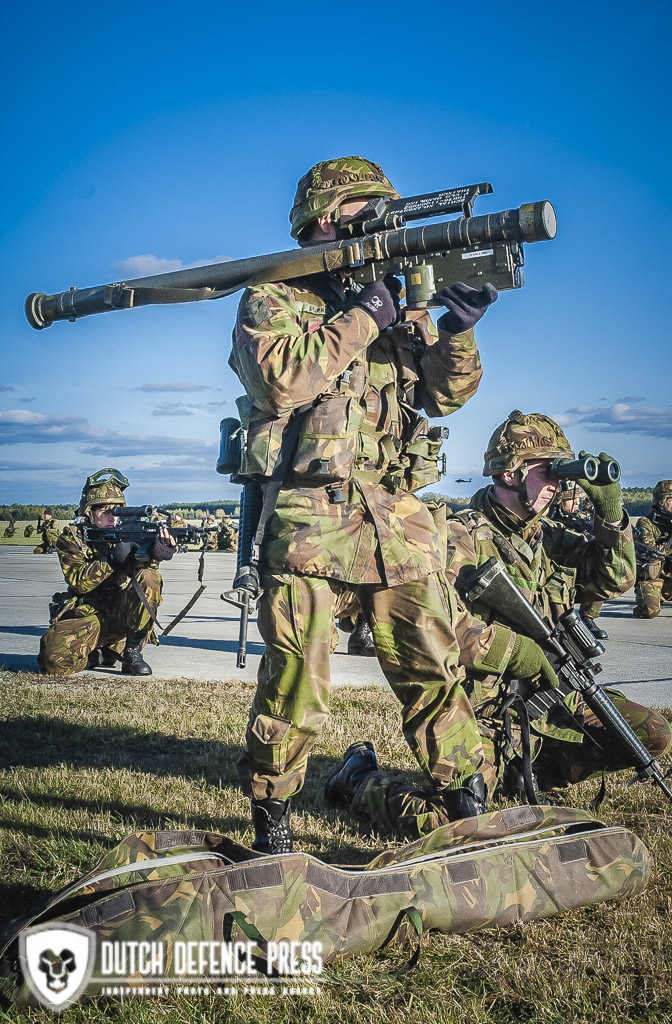
Another planning tool used within 11 (NL) AMB is FELPATH v3.2. FELPATH, a planning aid for transport helicopters, has been developed by the Netherlands-based TNO Phaysics and Electronics Laboratory (TNO-FEL). “While helicopter transport capacity is scarce, and transport and air-assault packages must be tuned in on each other on an ad hoc basis, there is a need for a digitized planning aid,” said Sgt Theo Bimmel in 11 (NL) AMB’s helicopter operations section. “FELPATH includes route planning, tasking of transport helicopters and scheduling of air moves. The system enables to plan a route including pick-up point, starting point, air control points, release point and drop-off points on a digital geographical map. It determines the total distance, the time needed, fuel consumption and the maximum payload that can be transported for each single type of helicopter. The program takes into account influences such as altitude and speed, atmospheric conditions, fuel options, and the drag area of under-slung loads. The result can be sent through to the system’s initial fleet allocator, which can be used to make an estimation of the numbers of personnel and vehicles that can be transported in an air assault move. This module is used to allocate helicopters from the available fleet to the transport tasks that need to be performed. Furthermore, I can easily define the transport task by choosing the units to be transported and the helicopter types to be used. Using this information and the remaining maximum payload, the program produces the number of helicopter sorties required to perform the lift mission and schedules them in air moves. The ultimate output is an Air Movement Table. All this significantly increases the speed and flexibility in planning helicopter operations: alternate air moves can quickly be compared and the planning can easily be adjusted in case of changes in capacity, mission and units to be transported.”
“Information needs to be exchanged with members of pre-deployed Brigade Reconnaissance Detachments, fixed wing aircraft, helicopters and committed units, both during lift, landing and follow-up operations. So there’s a corresponding need to acquire and transfer large amounts of information reliably, securely, and in real-time, over long distances and every sort of terrain. Our new Theater-Independent Tactical Army and Air Force Network (TITAAN) plays a crucial role in meeting the vast voice and data processing requirements of both the Corps and the Brigade. Based on commercial standards and equipment, TITAAN uses microwave links, wire and satellite connections. TITAAN includes legacy and new bearer systems, generic services including voice-over-IP, video and intelligent networking. It supports the TMS and the C2 workstation application,” Sgt Bimmel explained.
A unit such as 11 (NL) AMB is a ‘high-value’ target for any enemy; therefore, its staging area is typically situated some 100km behind the Forward Line of Own Troops (FLOT). However, the brigade’s ‘footprint’ (reach) is limited to 150km. “To come within striking distance of a target (which can be up to 120km across the FLOT), deep in enemy territory, it usually is necessary to secure and establish a Forward Operation Base (FOB) plus Forward (Arming and) Refuelling Points (F(A)RP’s), capable of servicing and sending forth air maneuver elements and attack elements into the committal area,” said Maj Ton Beaufort, S4 of 11 (NL) AMB. “These locations are preferably in more or less friendly territory close to the FLOT. The combat-battle train, by airlifts or by road, deploy to build up austere locations into full-blown FOBs. Setting up a sound deep logistics system is an absolute necessity, for without supplies nothing flies or fights. Early and accurate logistics planning is critical due to the usual shortage of assets. For this reason Combat Service Support is thoroughly integrated into the planning process.”
Especially in deep operations, to have a fighting chance, suppression of enemy air defence (SEAD) paces every aspect of the air support effort. “SEAD serves as the key that opens the door for a cross-FLOT (X-FLOT) operation,” stated Col Seyben. “This means that first, tactical air assets go deep to rip out key nodes in the enemy air-defense grid and, once the first holes have been torn and widened, air mechanised forces twist through. Identifying and destroying enemy air-defense positions are tasks well-suited for our night-riding Boeing AH-64D Apache attack helicopters. They’re the hard left hook that sets up the finishing right jab of the air assault.”
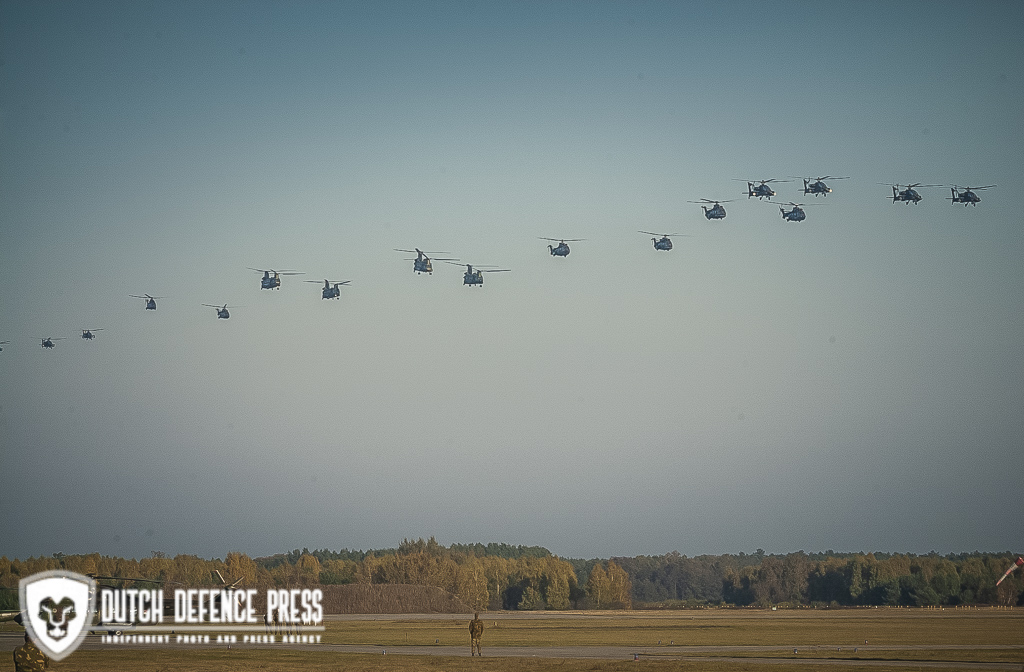
Besides carrying lethal weapons such as Hellfire missiles, the key advantage of the Apache is that it is an information-technology platform, featuring total systems integration of all its sensors and being able to process all the data available. “We took out several of the Polish SA-8 systems,” says 1st Lt ‘Joske’ van der Horst, an Apache pilot in 302 Squadron, Royal Netherlands Air Force. “Although at first they claimed victory, we proved them wrong, by comparing our video tapes with theirs. The tapes proved that we took them out ten minutes before they fired a single shot. Declining defense budgets and a shrinking force structure, are forcing us to dispose of six of the current thirty Apaches. However, the remaining ones will be upgraded with an improved all-weather/day-night targeting and night vision system, allowing engagements at longer range with much less risk of fratricide. The aircraft will also receive enhanced Aircraft Survivability Equipment (ASE), to warn us of any danger lurking on the horizon, especially MANPADS. The integration of Longbow targeting radars is also being planned.”
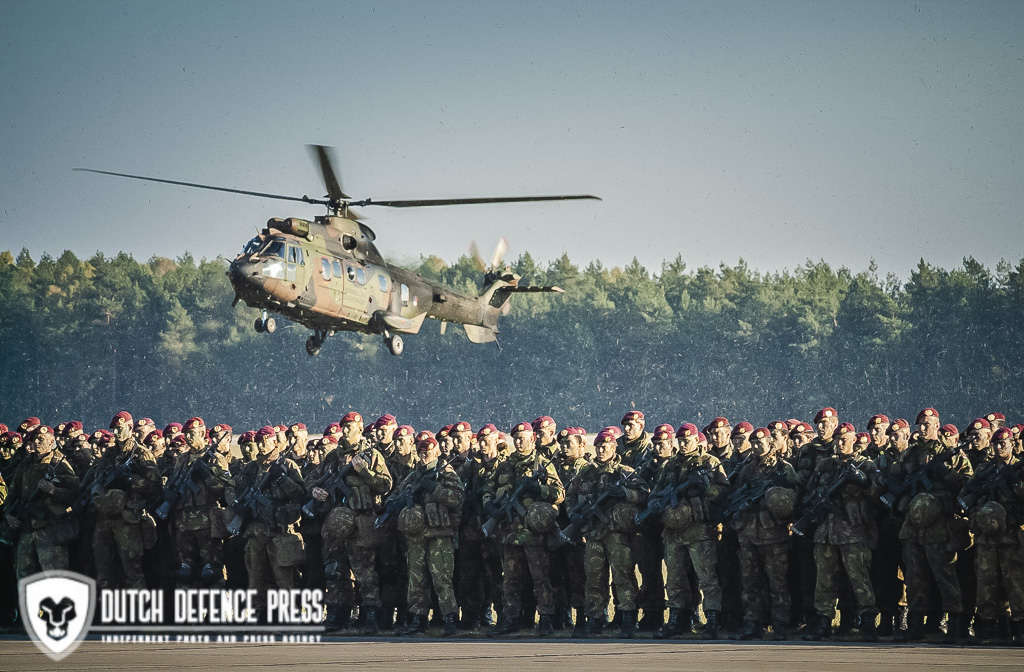
The ORS of 11 (NL) AMB was ascertained by an operational assessment, aimed to identify any additional requirements to achieve its fully declared operational capability. With a combined/joint staff of 170 people, the evaluation team scrutinised the performance of all relevant operational processes in the Netherlands unit. Personnel from Belgium, Germany, the Netherlands, Norway, the UK and the US were part of this team to be able to weigh the professionalism against foreign comparable forces.
According to Lt-Col Hendrik Faber, of the ORS 11 (NL) AMB project team, “the procedures for the evaluation process were laid down in a manual called JAMEVAL (Joint Air Manoeuvre Evaluation). This was developed based on nationally- and internationally-approved standards, where available. Since an evaluation document for air maneuver forces within NATO was not (yet) available, the JAMEVAL manual will be offered, after reviewing during this FTX, to SHAPE. At the same time 11 (NL) AMB should use this manual for evaluations of units at battalion level and below. The command and control part of the JAMEVAL manual is specifically drafted for 11 (NL) AMB, but is generic enough to be used also for evaluating other units or command elements.”



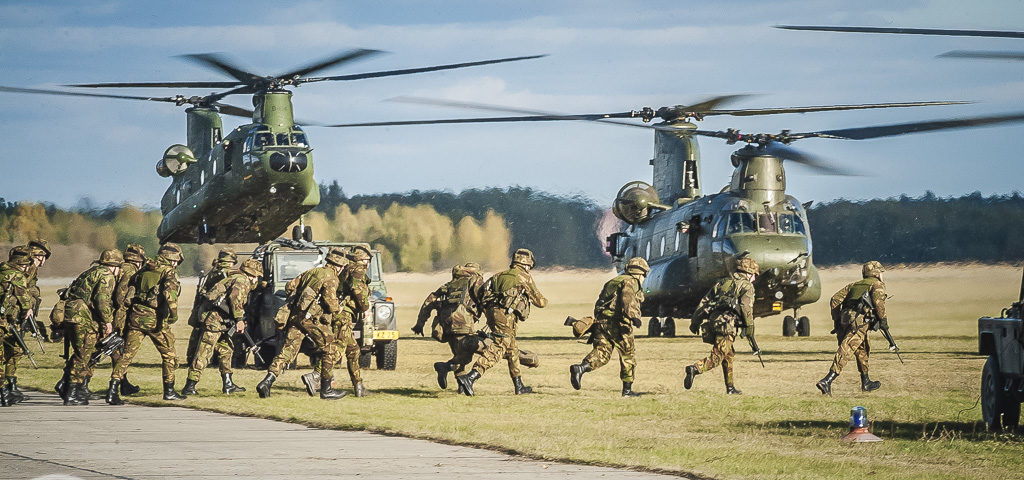
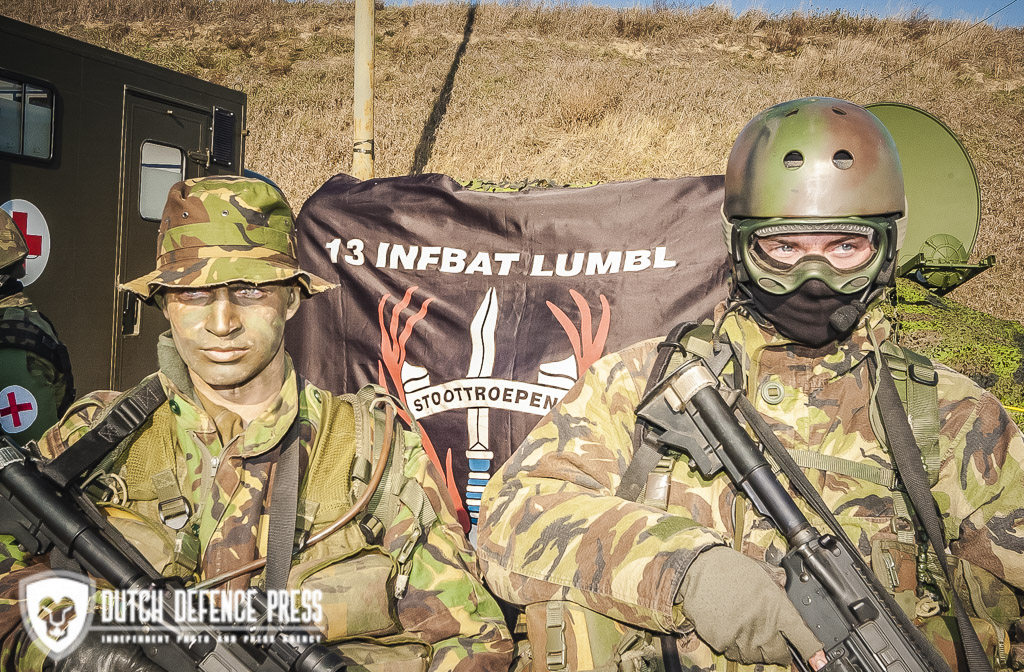
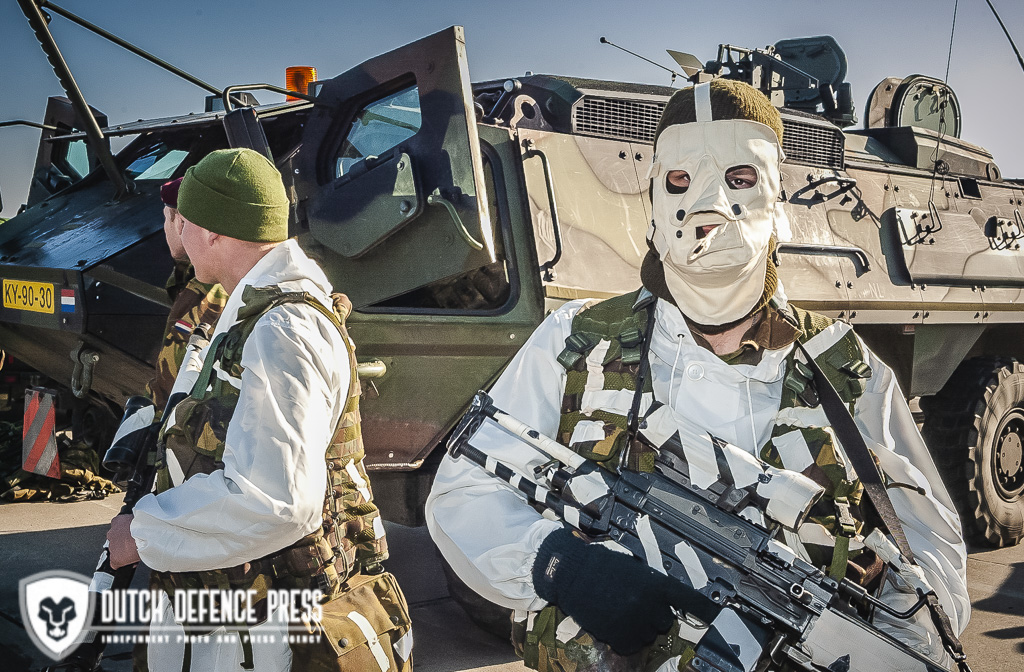
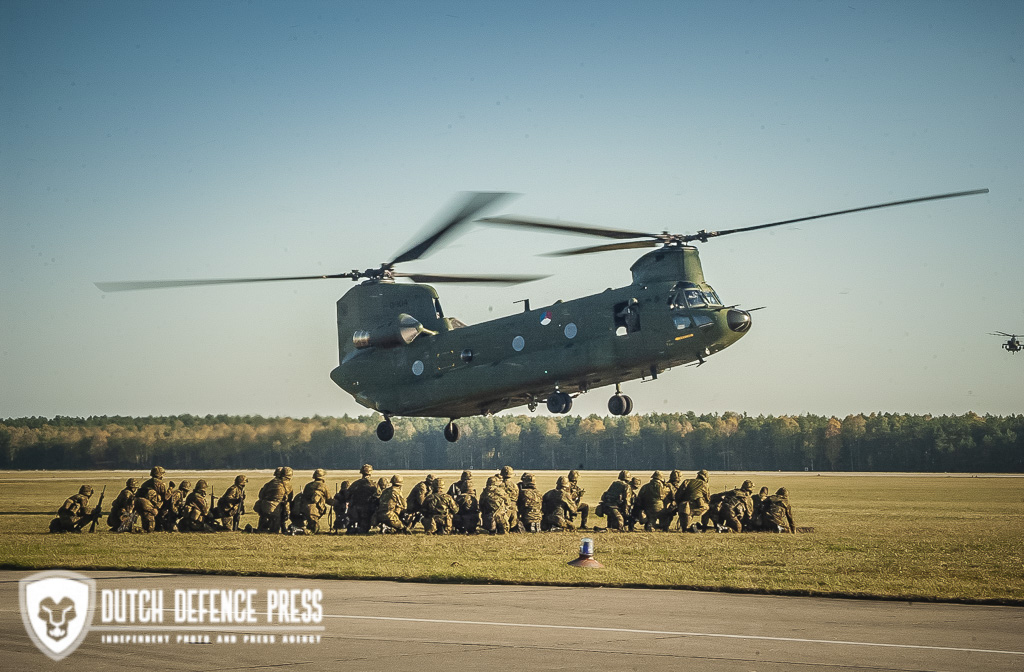
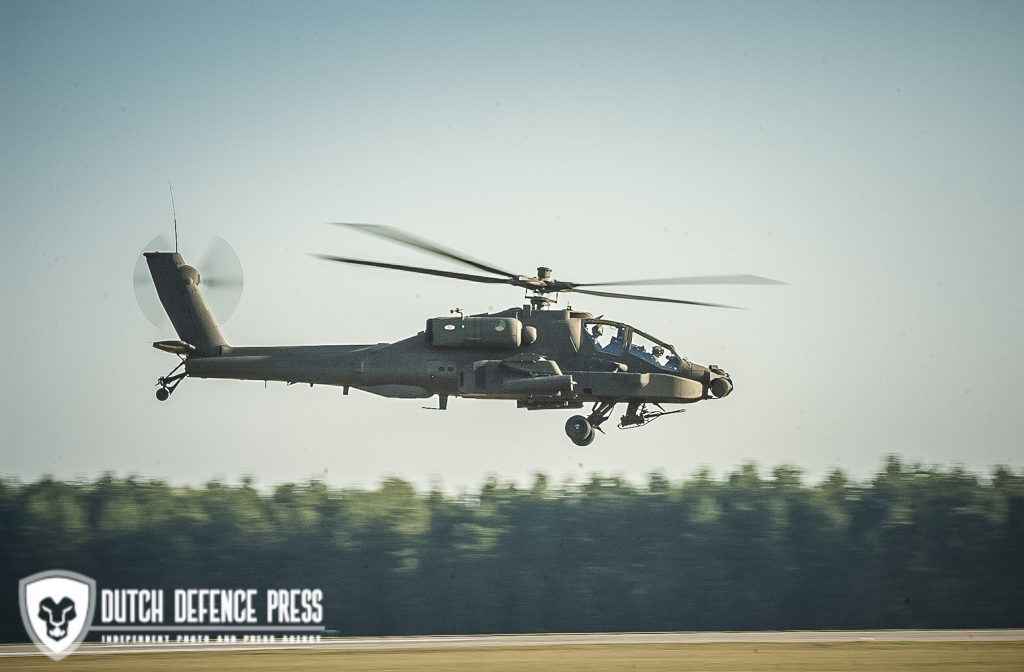
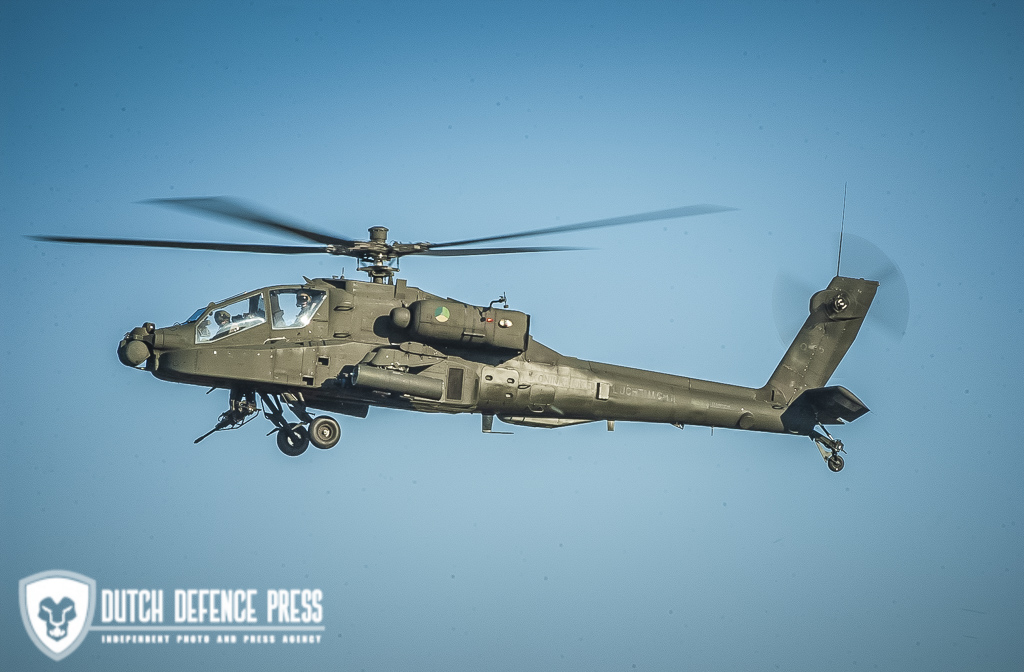
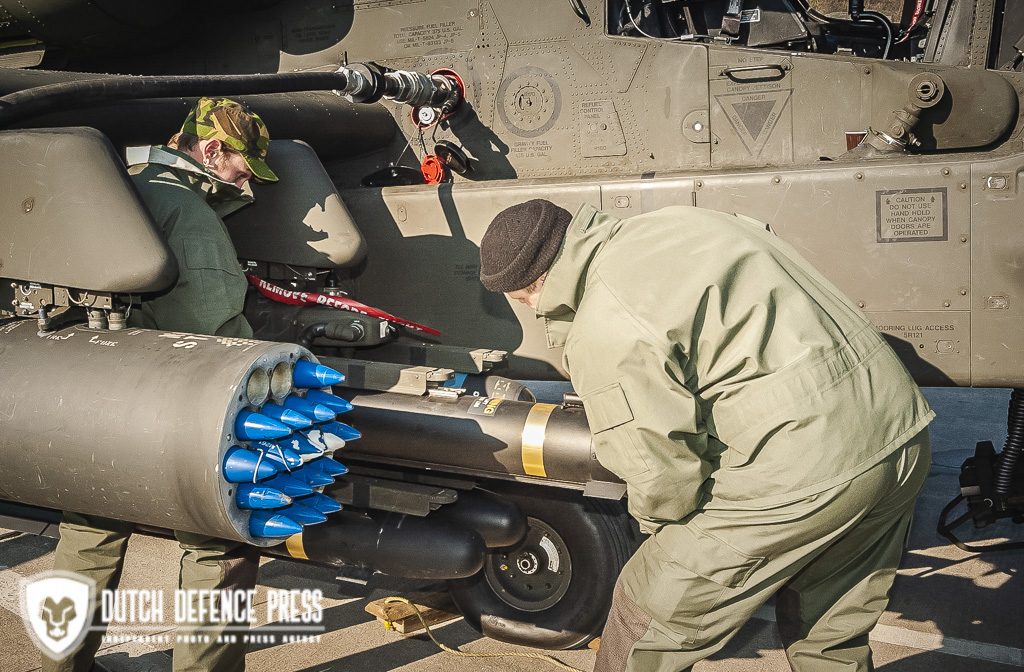
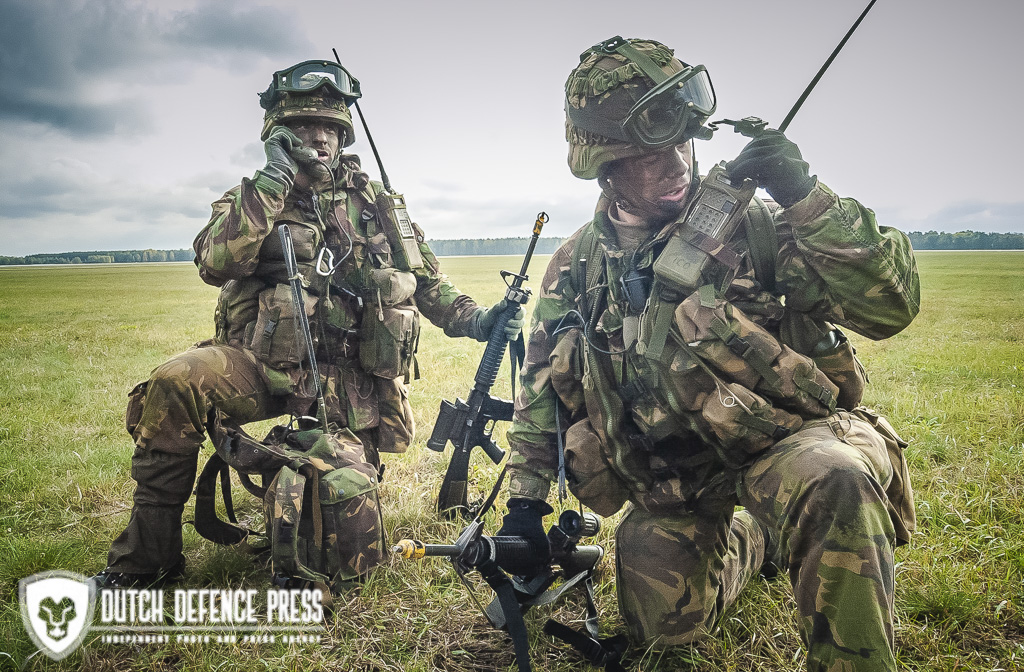
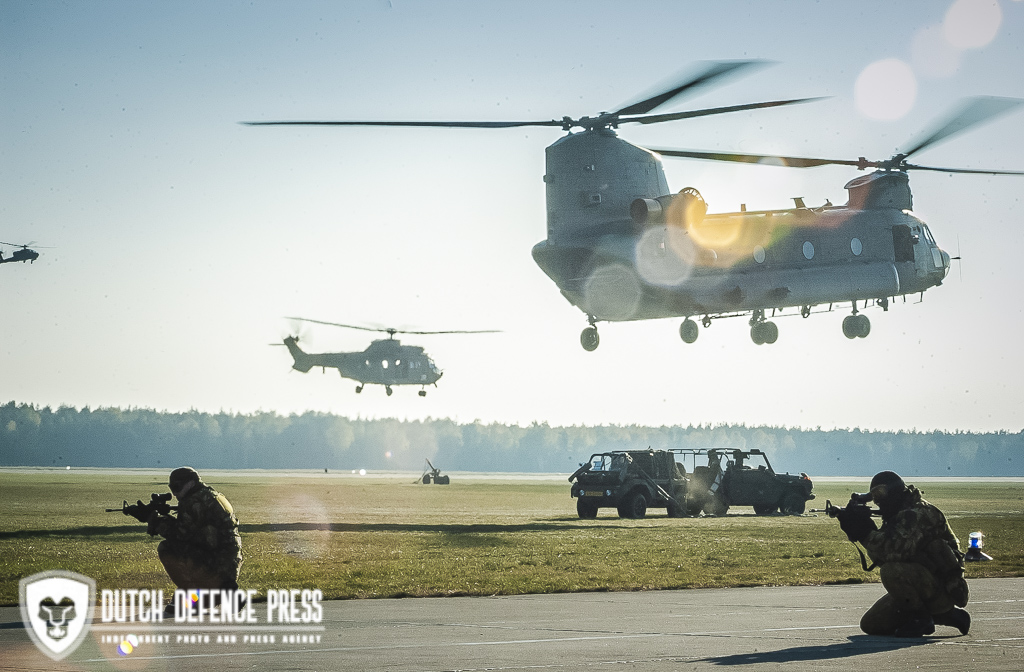

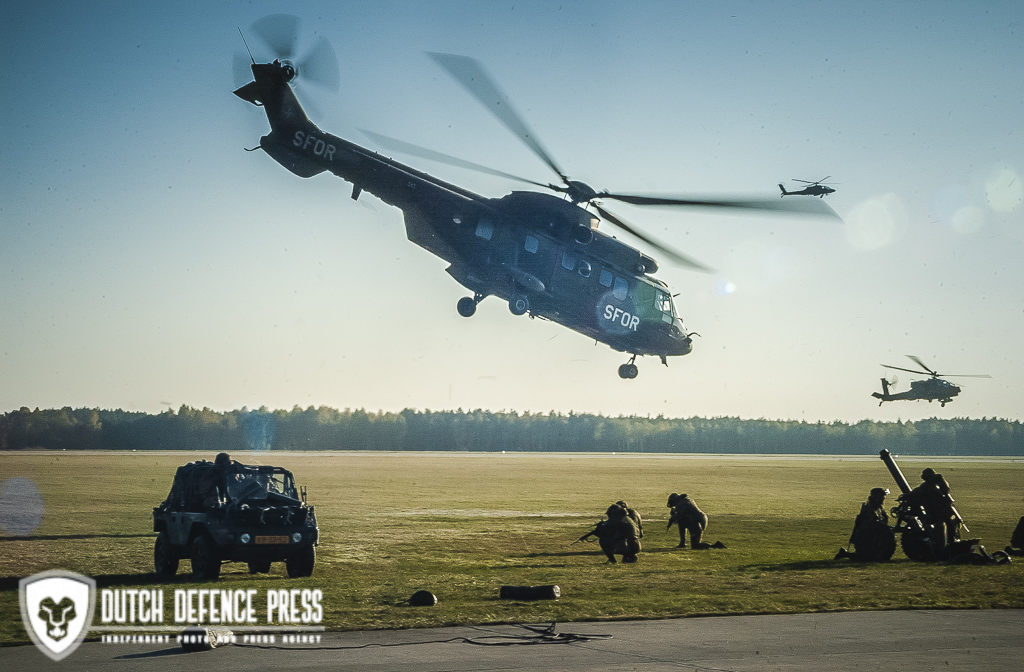
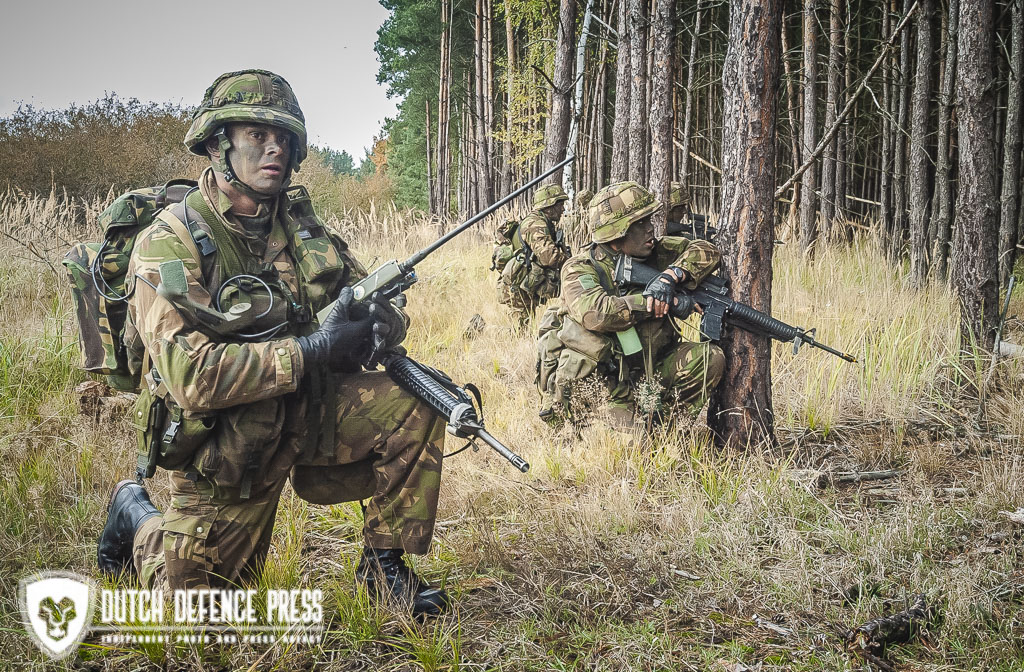
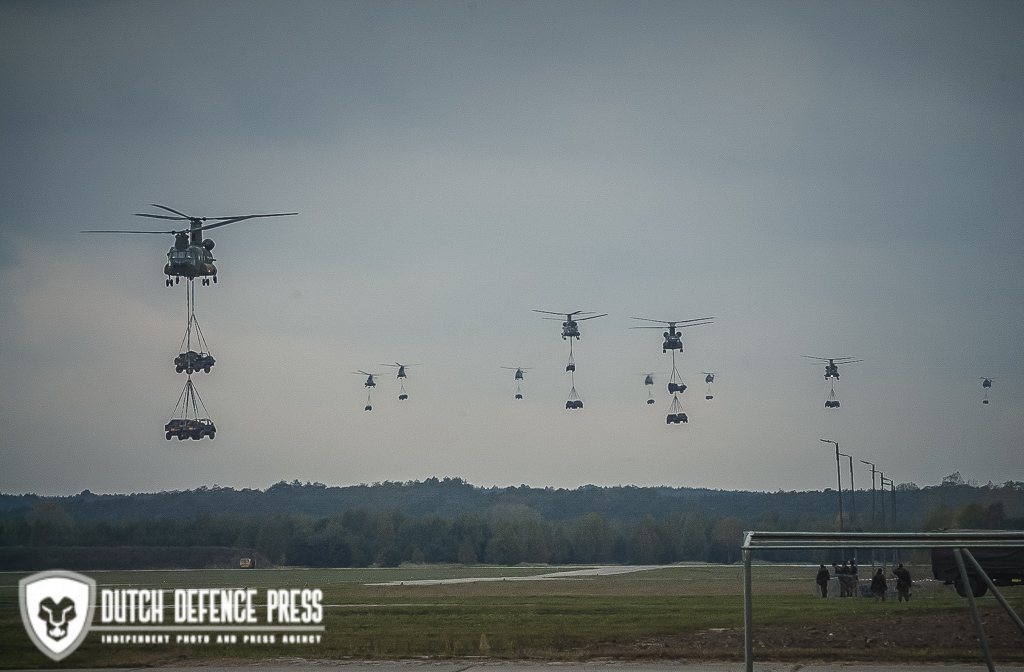
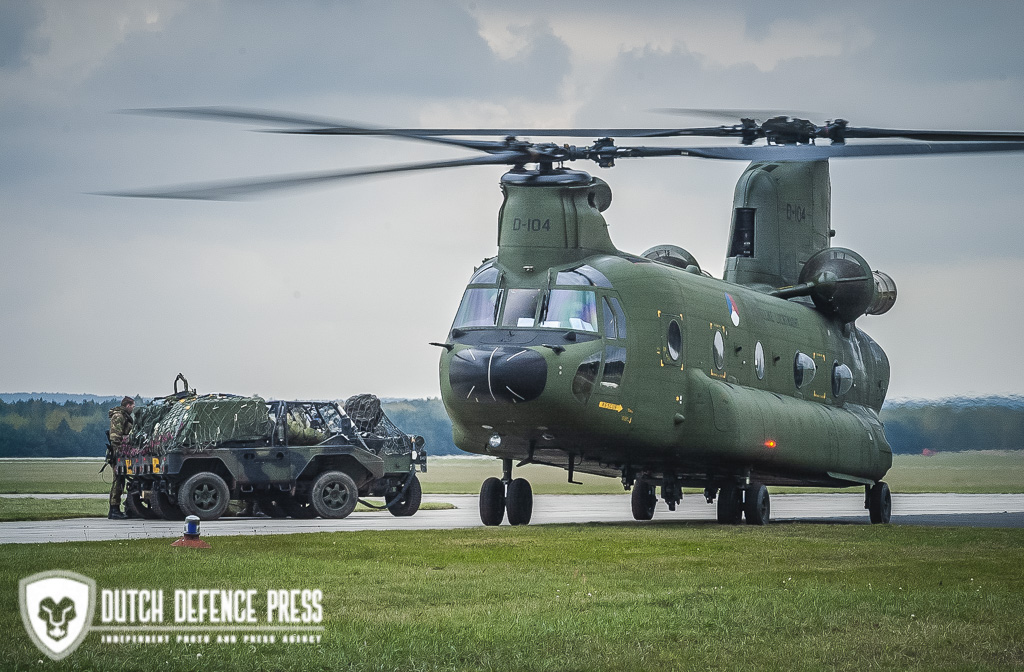
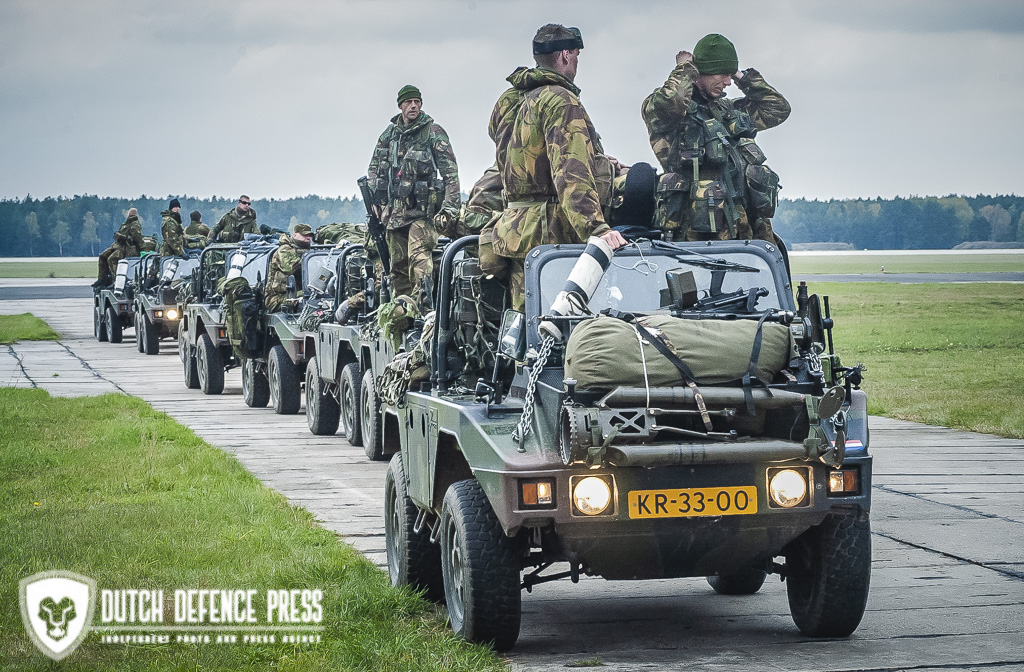
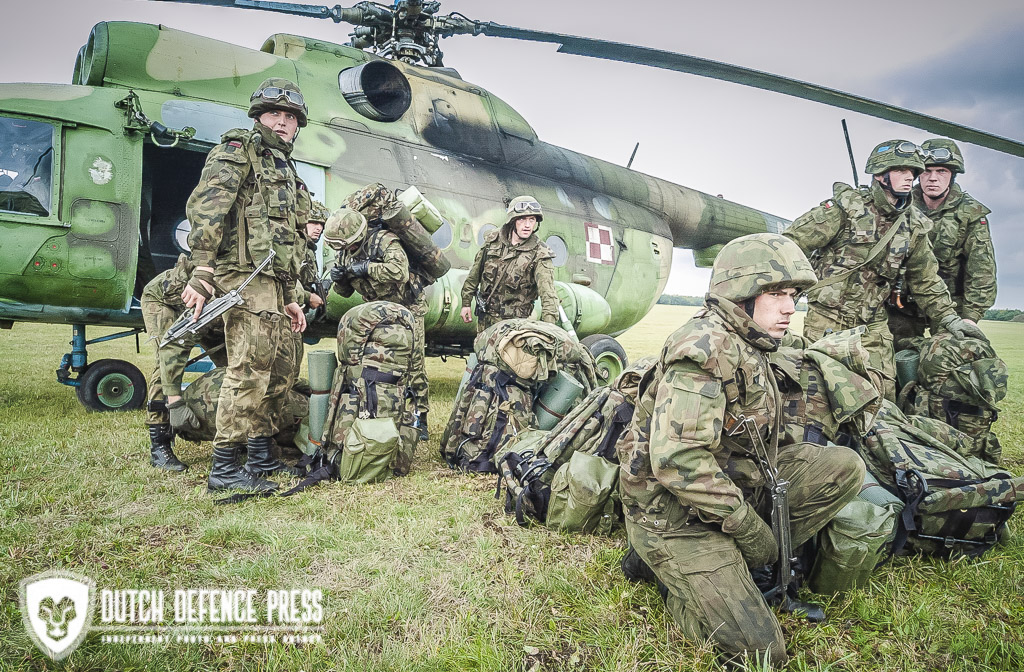
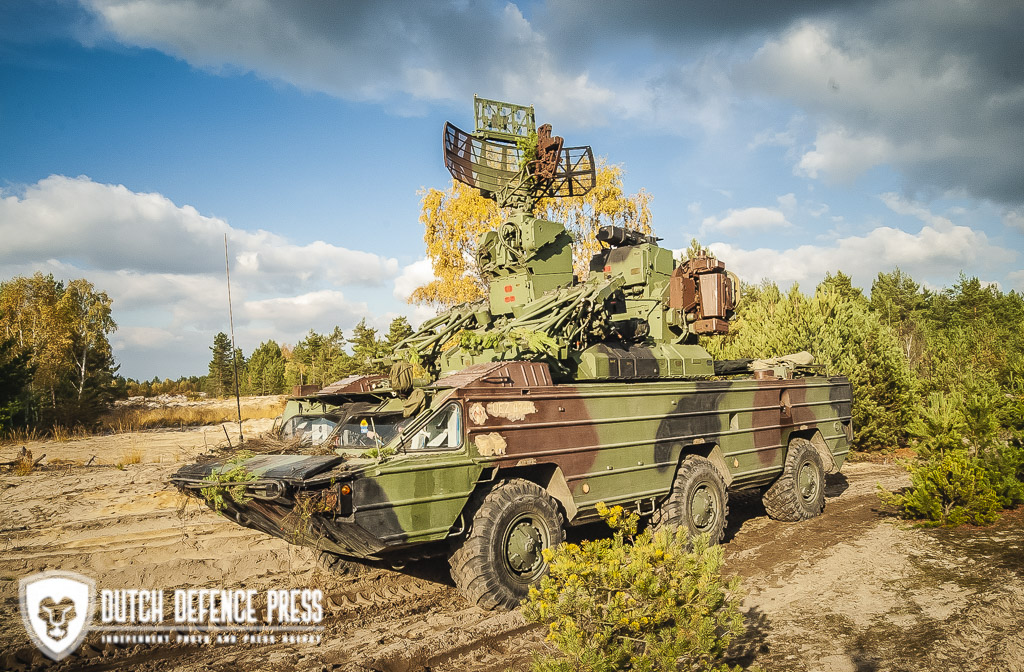
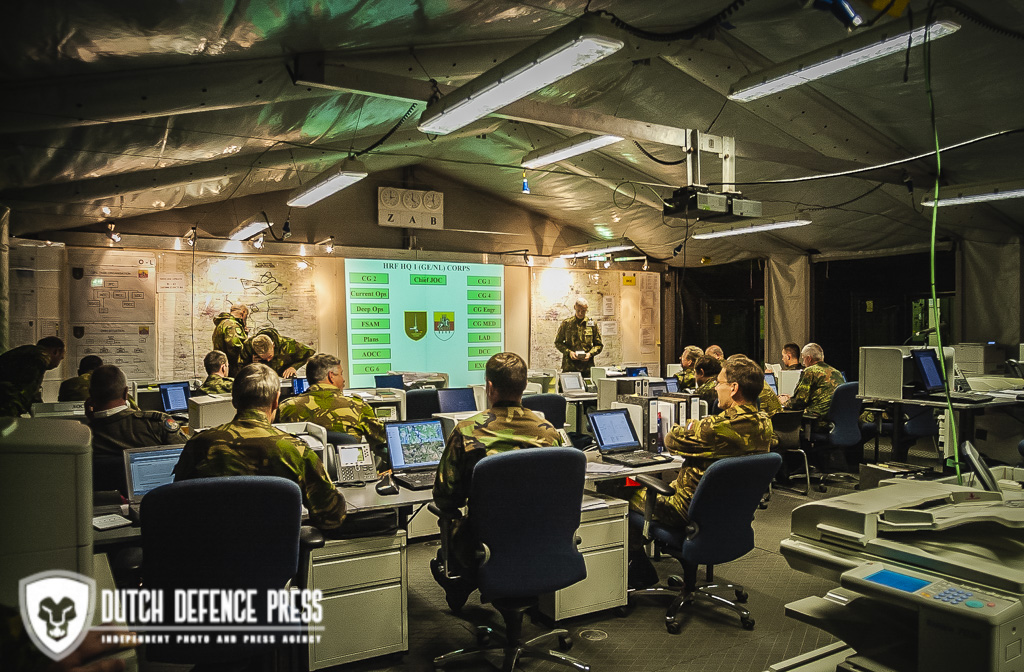
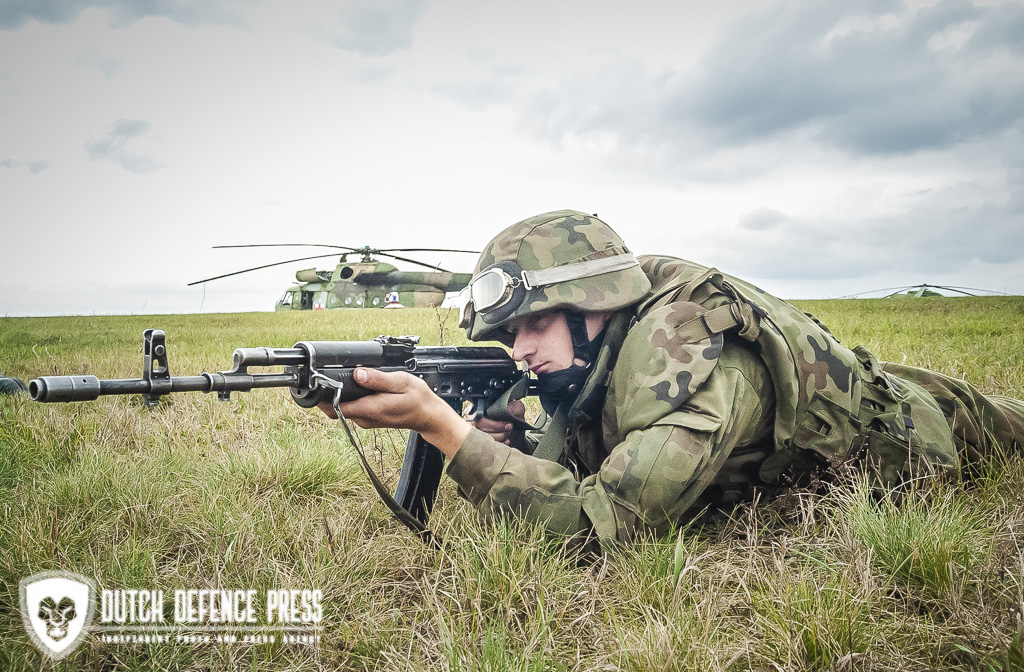
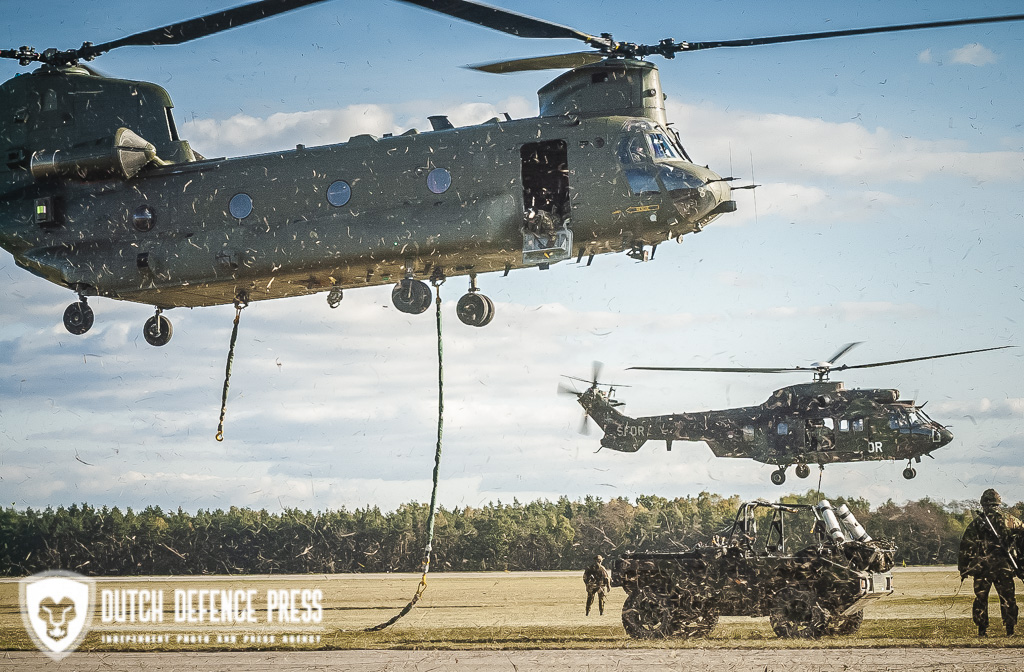
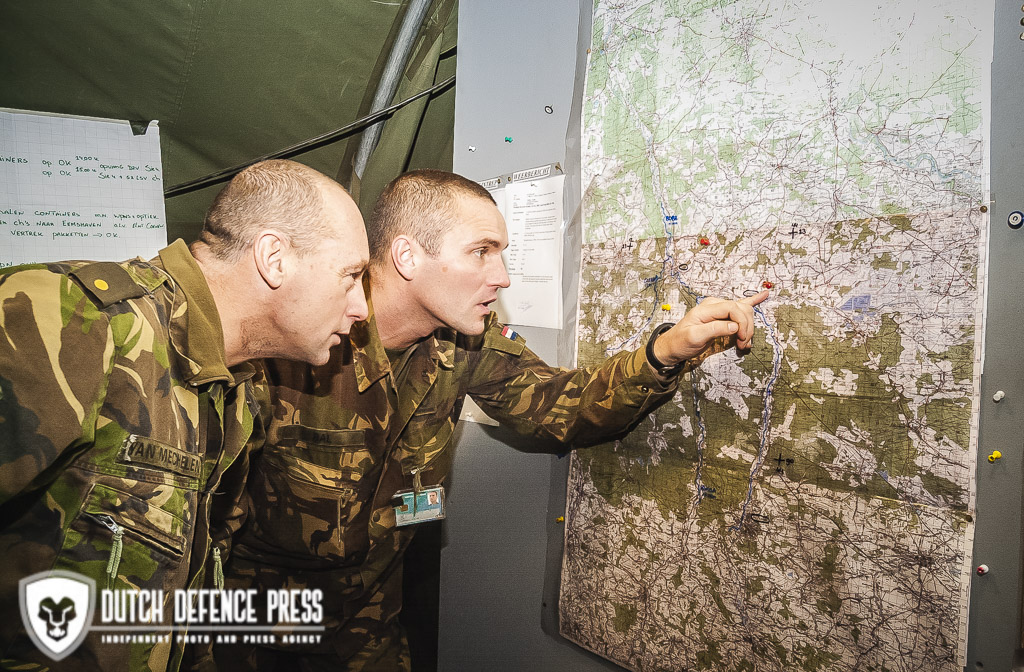
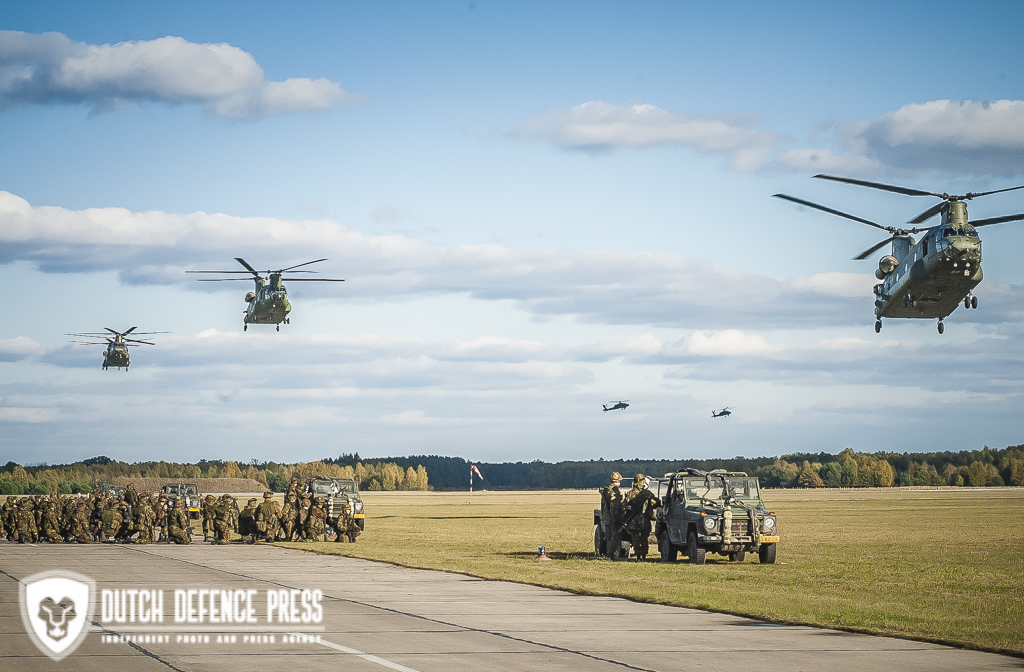
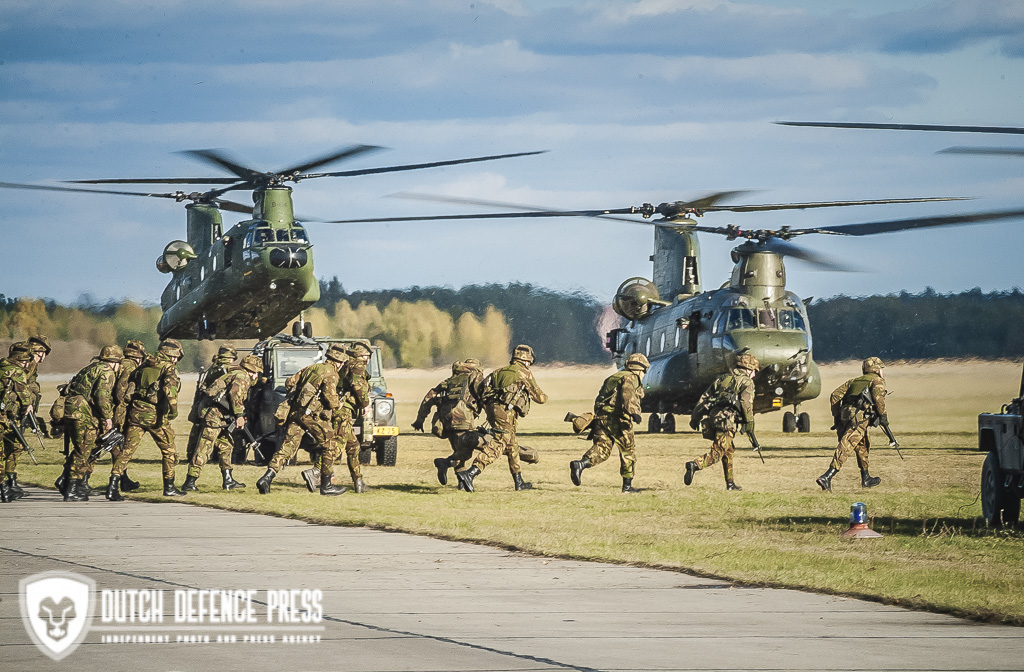
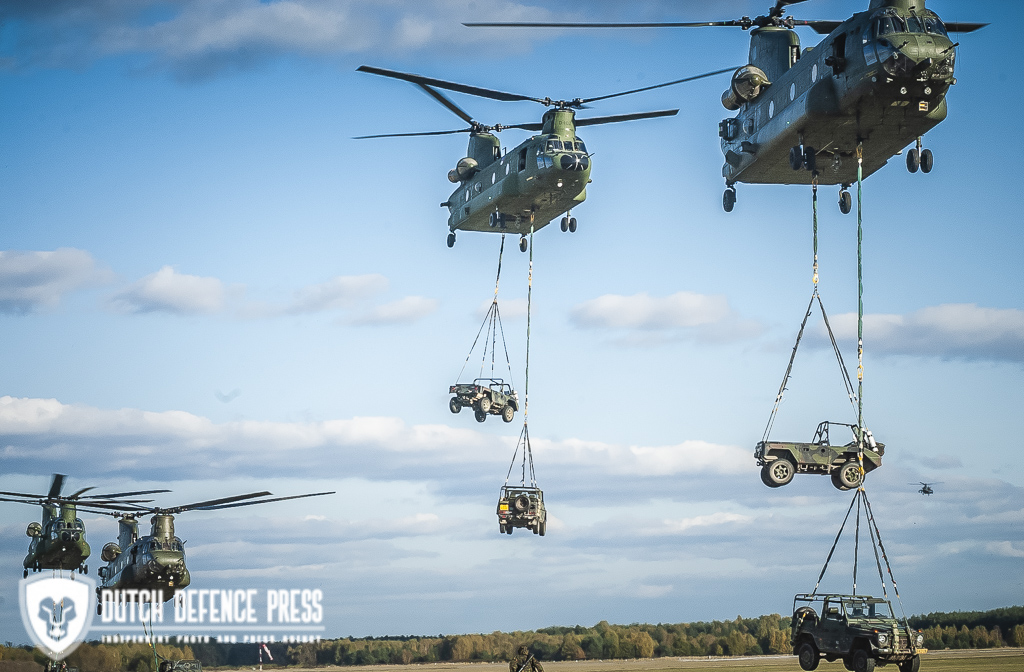
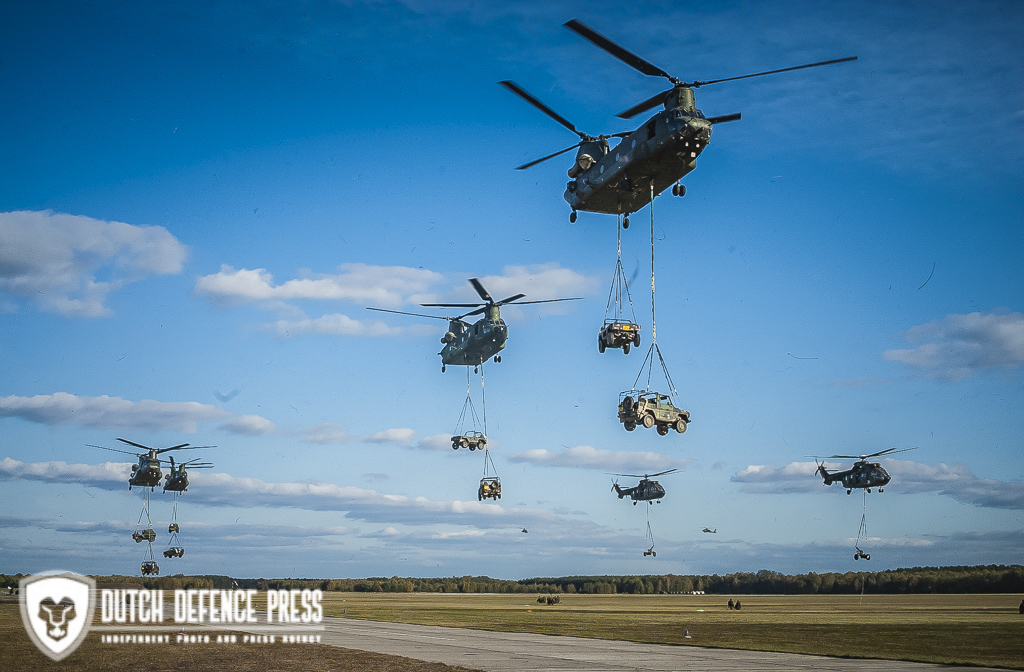
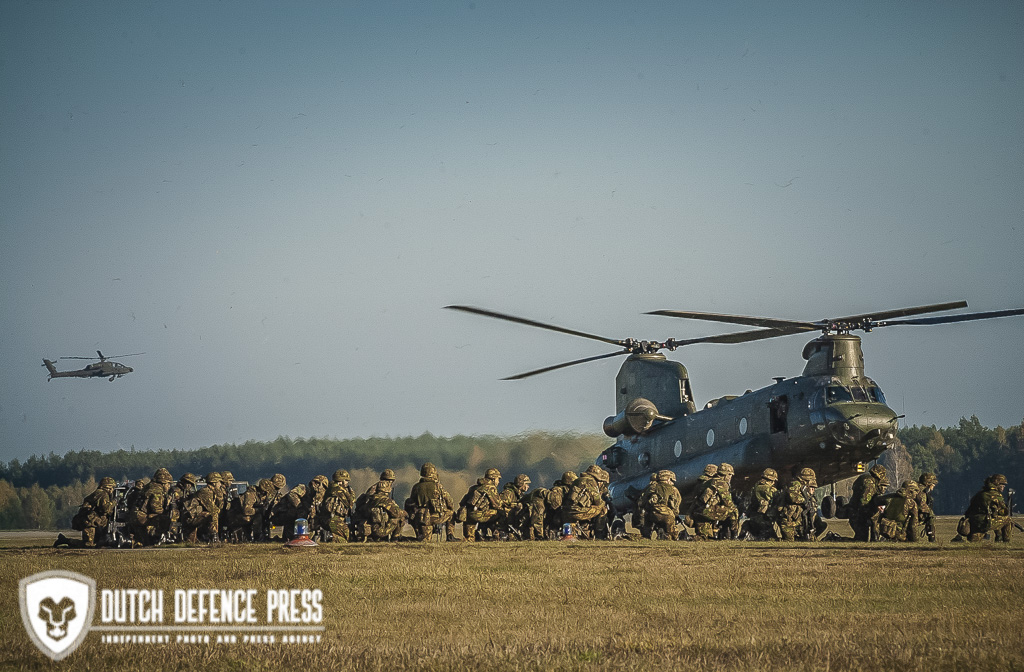
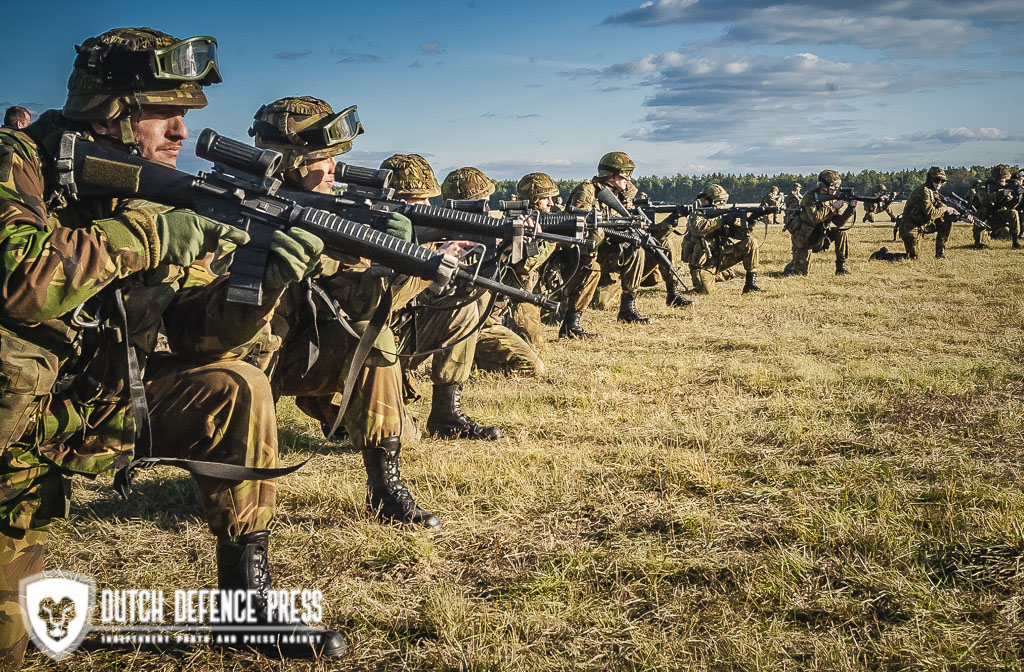
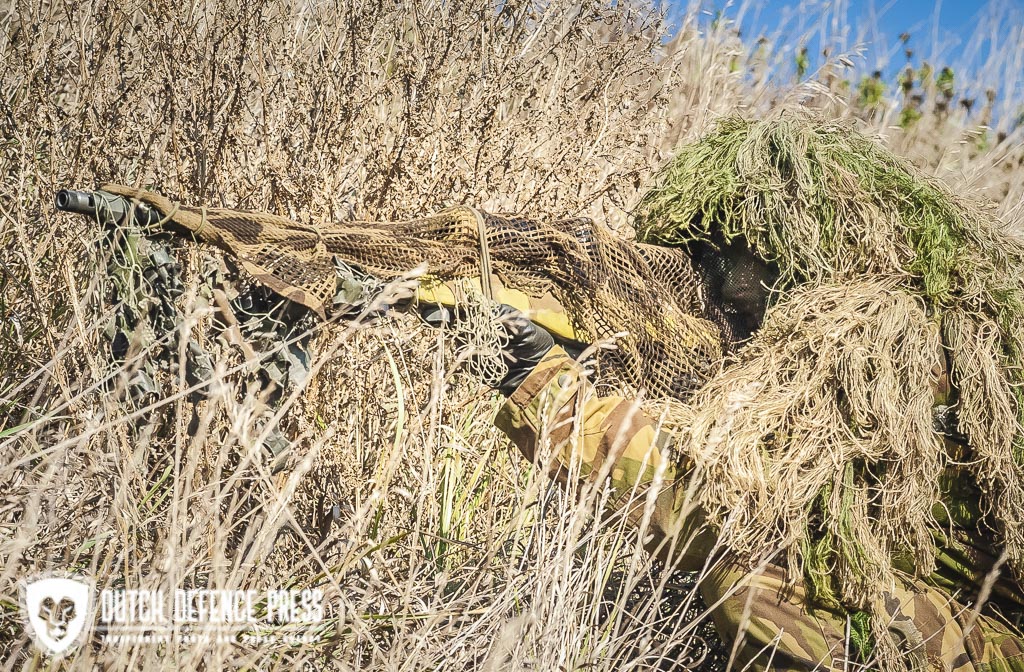
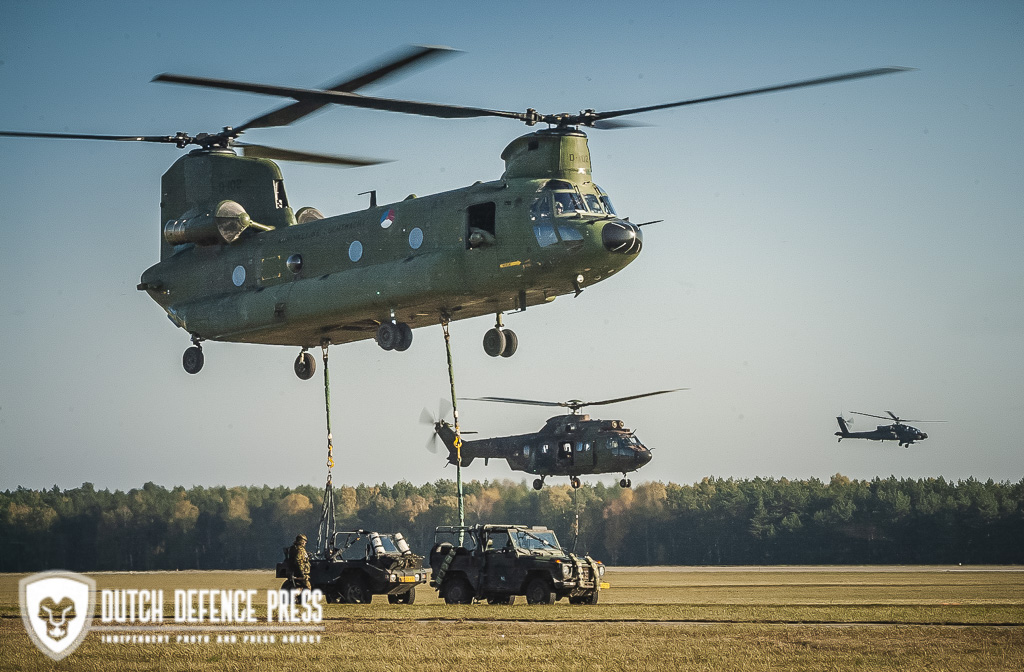
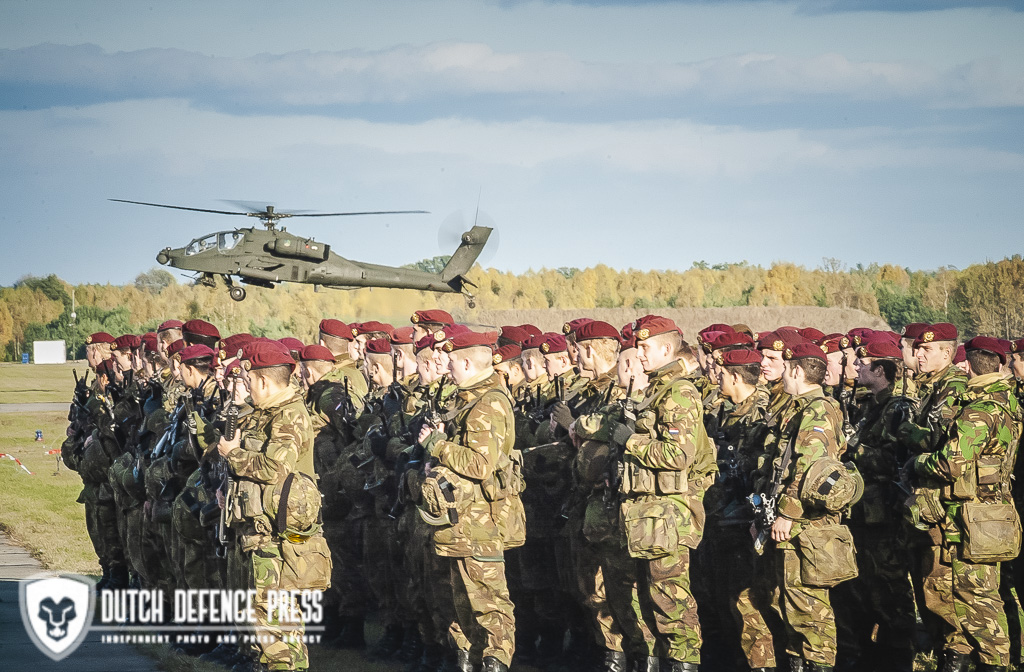
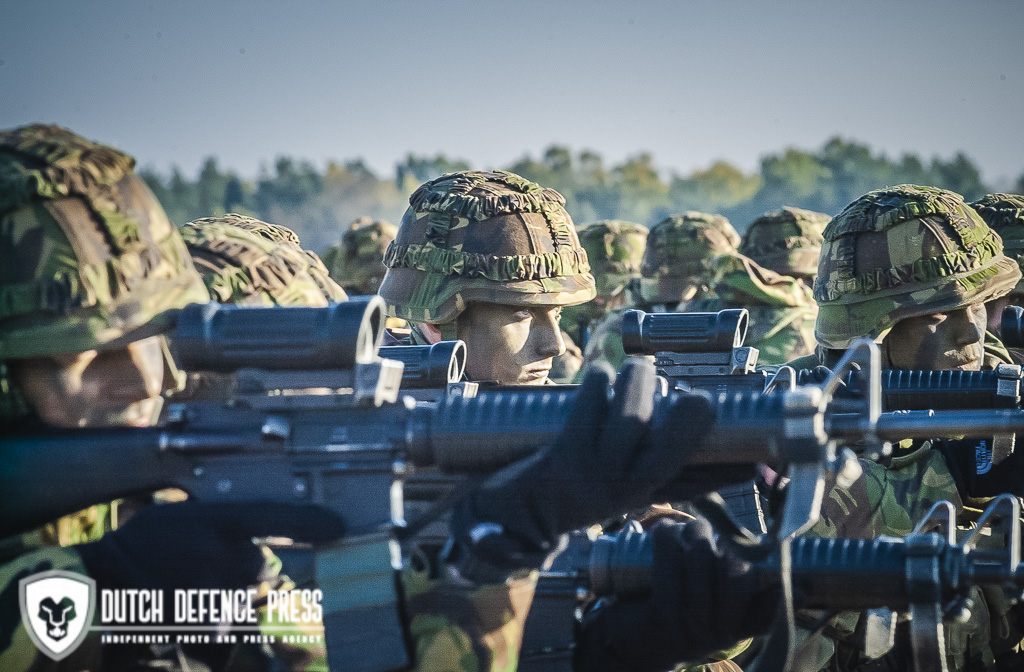
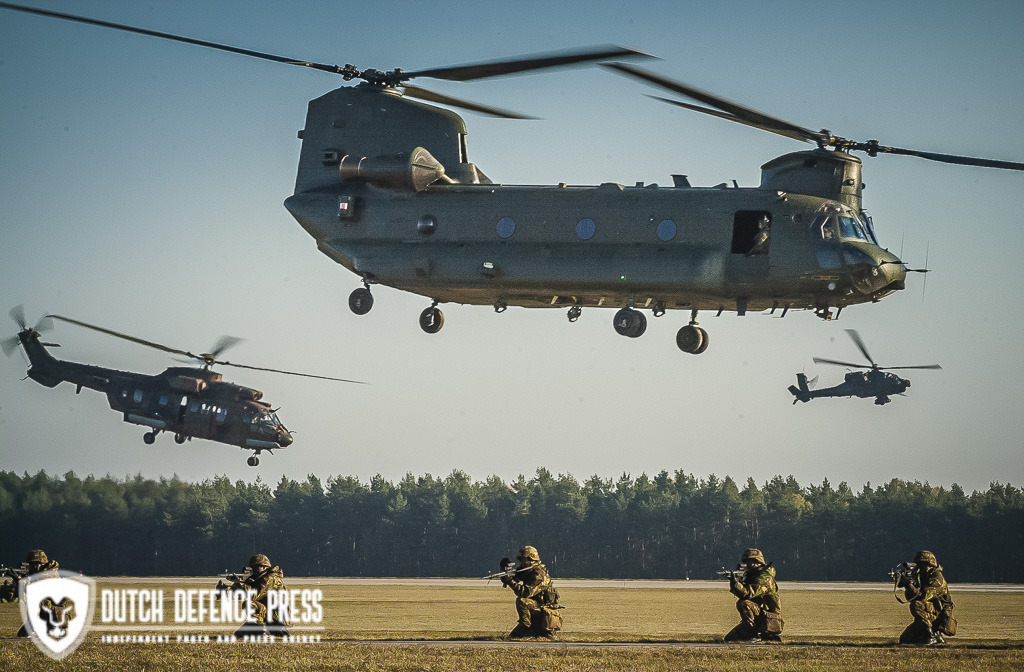
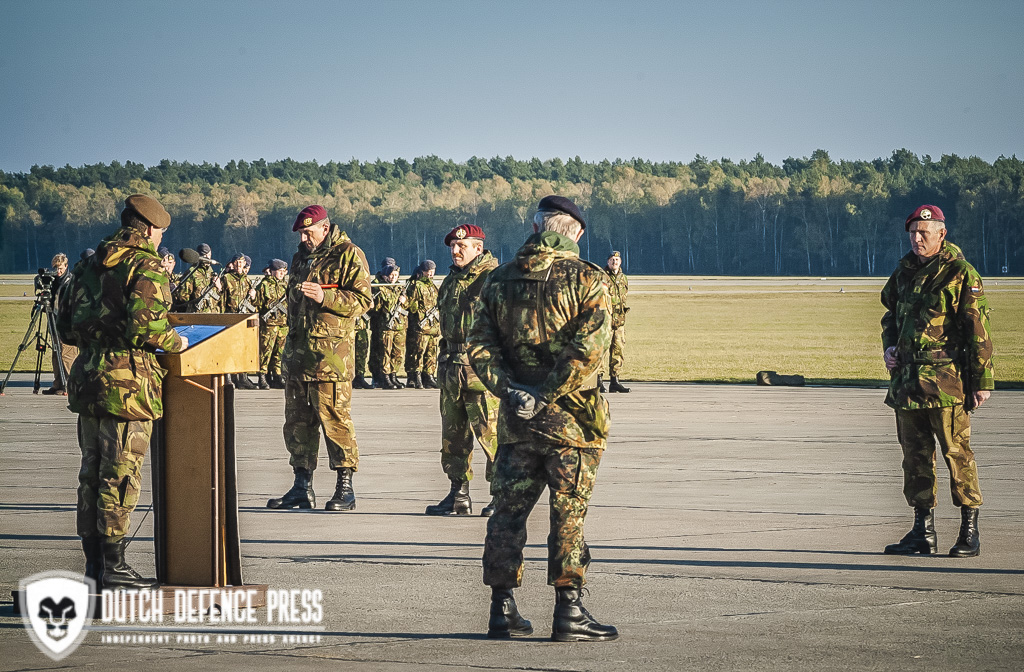
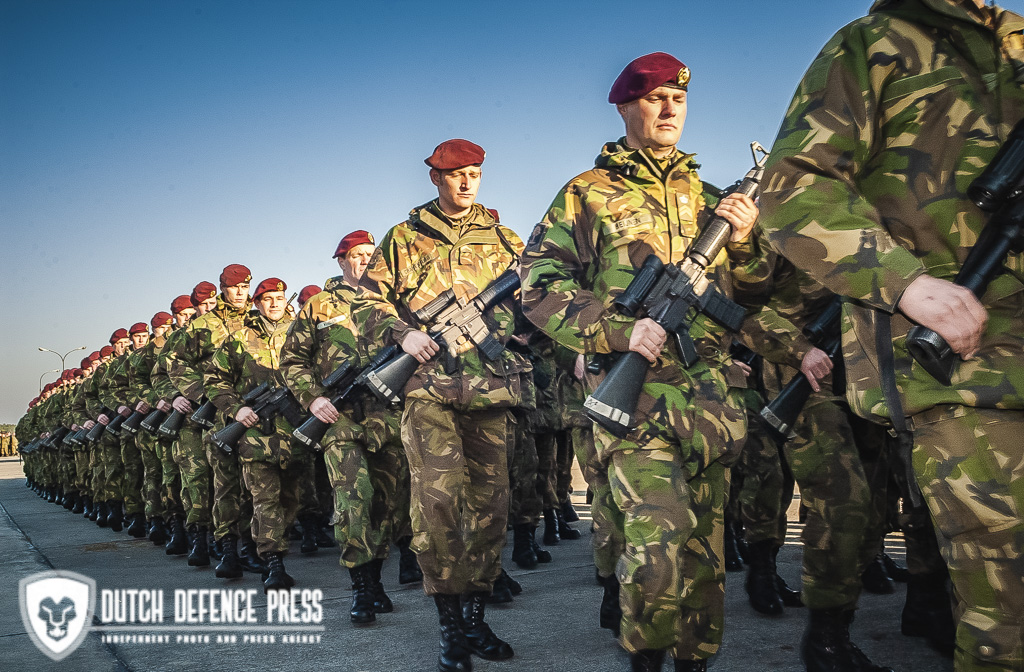

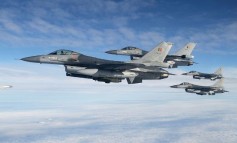
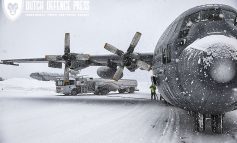
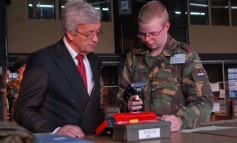

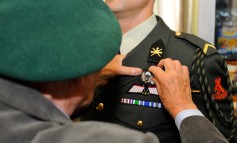
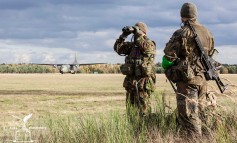



Leave a Reply